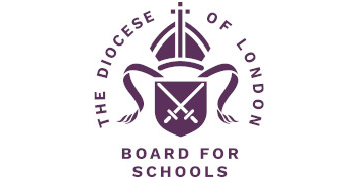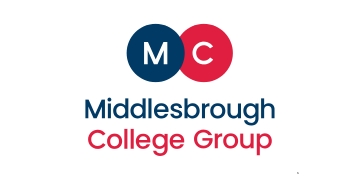The National Tutoring Programme (NTP) provides schools with a vital means of accessing support by subsidising tutoring to mitigate Covid’s impact on learning. That impact is absolutely clear to all of us who work in schools, so it was heartening to see the scheme expanded for a second year.
Of course, tutoring is just one of a wide range of support programmes available to help our students catch up. But the NTP is significant, not least because it makes this effective intervention accessible to every school equally. At Nova, we have chosen to partner with the online platform, MyTutor to provide that support in small-group settings, and it is proving hugely valuable. But it comes with caveats, and these artificial limits could hamper ours and other schools’ efforts.
The Department for Education has stipulated that 65 percent of NTP spending must be on students eligible for Pupil Premium. The aim is laudable, and we know how important it is to keep our focus on these learners. We understand that all our gains in closing the attainment gap between Pupil Premium students and their peers have been eliminated by the impact of the pandemic. Indeed, the attainment gap has grown for the first time in 20 years as a result of Covid, and without significant support experts estimate that it would take more than 500 years to close that gap.
But we are all committed to ensuring our disadvantaged pupils don’t get left behind, and this arbitrary 65 per cent target is too blunt an instrument to support us in tackling this complex issue.
At Nova, Covid has necessitated a revision of what constitutes disadvantage and how we identify vulnerable children. To give just one example, the requirement does not explicitly help children with special educational needs, even though we know these students can be at an even greater disadvantage than their Pupil Premium peers.
Our strategic planning has to take a multiplicity of factors into consideration, not least context. We know which of our children have gaps in their knowledge and which don’t, and so it feels a shame that we can’t use this funding to support them and their families as required based on that knowledge on the ground.
Covid has necessitated a revision of what constitutes disadvantage
There is also a wider question about how we are targeting tutoring support. While it is understandable to prioritise support for the most deprived students among our schools, they are far from the only ones who would benefit from extra help. The pandemic has caused gaps in all children’s learning, and while some students may not need significant intervention, they would nevertheless benefit from some extra help to enable them to achieve the very best grades in line with ambitious predictions.
We know how tight the margins are for our students, and we have to be so strategic in how we plan and implement every single intervention. This is something that we pride ourselves on at Nova. Unfortunately, the caveats on the use of NTP funding mean we can’t be as effective in its deployment as with other support measures.
I understand that schools who haven’t accessed external tutoring like this before will likely benefit from having guidance and being nudged into supporting their Pupil Premium students.But we have worked with MyTutor for a number of years and know how to use it intelligently to support young people to achieve the best grades they can. Of course, we welcome any support that would help us get even better at it, but this limit makes things more challenging.
For all these reasons, and because we know who most needs and who will best respond to the tutoring opportunities we offer, schools should be given the freedom to use this funding in a way that suits their cohorts.












Your thoughts